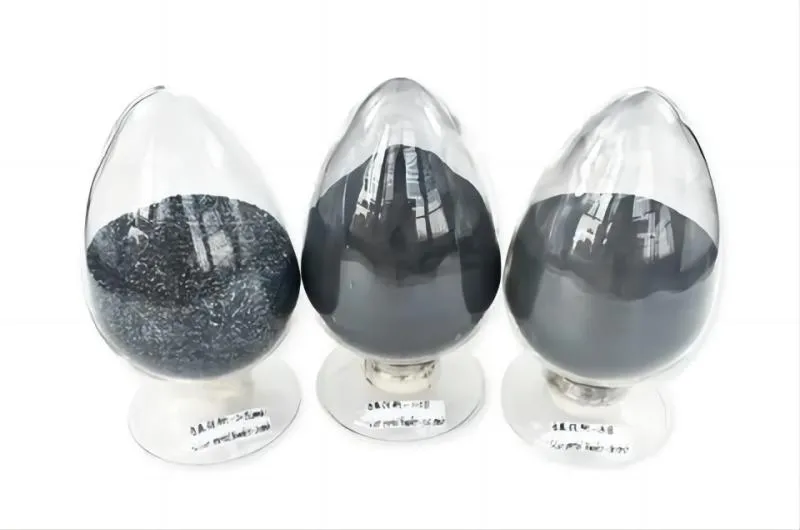BY  GENN
GENN
2024/03
Blog
How To Judge The Activity Of Metallic Silicon Powder?
What is Metallic Silicon Powder?
Production Process: To achieve the desired particle size, silicon material is crushed, milled, and sorted. This results in silicon powder. In this procedure, lumps of silicon are broken up and milled into desired grain sizes. To meet the needs of customers for processing and applications, silicon powder is offered in a variety of sizes and purities.
Properties: The chemical element silicon is comparable to tin and carbon. It is thought to be quite fragile and hard. Because it doesn’t react with water, oxygen, or acids, it’s perfect for a variety of uses where stability is essential. When silicon freezes, it expands and forms bonds with different metals and other substances to make a consistent seal. Silicon is waterproof, heat-tolerant, and electrically insulating when it’s in powder form.
Applications: There are numerous uses for silicon powder, such as:
Adhesives & Coatings: Silicon powder’s superior bonding properties make it perfect for use in coatings and sprays to form a solid bond on a variety of surfaces.
Production of Alloys: Aluminum-silicon and ferro-silicon alloys, which are used in cylinder heads, machine tools, dynamo and transformer plates, engine blocks, and other industrial uses, are made from silicon powder.
Tech-grade silicon powder is used in ignition sources, delay charges, and pyrotechnic compositions.
Purity Levels: Silicon powder comes in a range of purity levels, with lower levels containing traces of other elements. Higher purity silicon powder is used in glass plasma deposition, whereas lower-purity silicon powder is used by metallurgists as an alloying material to harden metals like iron and aluminium.
Regulatory Details: For transportation-related reasons, silicon powder is classified and subject to particular handling and shipping requirements.
How to Judge the Activity of Metallic Silicon Powder?
Smelting metal silicon powder results in a lower-temperature solid reaction. There will be a lot of smoke created if the reduction temperature has not been attained. There are enough carbon atoms in it, so each element’s interaction with it will alter differently. Metallic silicon powder finds widespread application in metallurgy and progressive manufacture as a high-temperature resistant material in industry. When employed, metal silicon powder must adhere to stringent compositional standards. It cannot be extensively employed if it doesn’t match the requirements. The activity of metallic silicon powder is one of the most significant among them, and its production activity is influenced by a variety of conditions. Let’s examine how to assess metallic silicon powder’s activity.
Due to its high Mohs hardness of 2–8, silicon carbide is also referred to as “gold steel sand.”. It possesses some hardness and chemical stability. It can be used in single crystal silicon for optical devices in the electronics sector, as well as in grinding wheels, sandpaper, grinding blocks, and grinding pastes. Piezoelectric crystal grinding and polishing, etc. Furthermore, silicon carbide is an excellent raw material for metallurgy. Silicon carbide has two applications: it can be used to modify the structure of cast iron and deoxidize steel. It is the primary raw material used in the silicone resin industry and can be used as a raw material for the production of silicon chloride. Elements of silicon refined for industry are called silicon metal. It is widely used in the steel industry as an alloying element in the smelting of ferrosilicon alloys and as a reducing agent in the smelting of other metals. Another useful ingredient in aluminium alloys is silicon, which is present in a lot of cast aluminium alloys. Ultrapure silicon in the electronics industry is made using silicon as a raw material. Ultra-pure semiconductor single crystal silicon is used to make electronic devices, which offer many benefits, including compact size, low weight, high dependability, and extended life.
Both a very combustible dark brown powder and a crystal with somewhat stable chemical characteristics are the two forms of common silicon that are available to us. It can be used with quartz to create glass for industrial uses, though some types work better than others. Although the process of making quartz is complex, it can be argued that metallic silicon has a connection to semiconductors due to its ability to form alloys. In a high-temperature setting, quartz and coke are the primary means of melting it. The silicon element is also required for the electric furnace firing process. The steelmaking business typically needs products that can withstand high temperatures, and this can be achieved quickly by adding metallic silicon powder during the smelting process.










